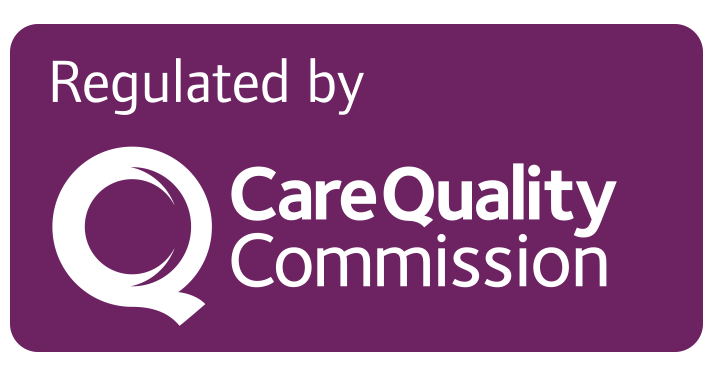‘Baby’ Wrinkle Softening Treatment
“Baby” wrinkle softening injections, also known as “Baby Botox”, are the ultimate in beauty discretion. This technique comprises of smaller amounts of units of BTX being used to treat fine lines or movement in the face, thereby making the treatment more subtle. It, therefore, achieves the anti-ageing benefits while you are still able to act and show a complete range of facial expressions.
Besides the volume of product used, Baby Botox is about the technique. The use of precision where the product in injected means that you can use lower doses.
“Baby Botox” can also be used as an upkeep strategy in maintaining wrinkle softening treatments you may have had in the past, instead of standard doses given at three- to six-month intervals. This means using about a quarter of a standard dose, to maintain the original look.
The use of BTX can also sometimes be used with other treatments, such as microneedling or mesotherapy, to achieve natural-looking results.
Frequently asked questions:
How does "Baby Botox" work?
Small amounts of Botulinum Toxin A are used and are placed extremely carefully into the fine dynamic facial muscles where they will relax the muscle contractions by blocking nerve impulses. The most common areas for injection are:
- Around the eyes (crow’s feet)
- The forehead
Are the result of "Baby Botox" permanent?
This method of anti-ageing treatment is used preventatively, to delay the appearance of wrinkles. The results are not permanent. Therefore, patients should expect to have re-treatments every few months to prevent further wrinkles from appearing – though each injection should also reduce the depth of newer wrinkles.
What is the expected procedure time?
The expected procedure is approximately 30 minutes.
What is the expected recovery time?
The expected recovery time is 24 hours.
When do results become visible and how long does the treatment last?
The results of “baby” wrinkle softening injections should become visible within approximately 14 days . However, the effects of “Baby Botox” may wear off quicker than a full dose, so patient may have to return for the next treatment after two to four months.
Could there be any complications and what are the possible risks?
The possible, common complications of botulinum toxin injections are bruising, infection, swelling, and temporary loss of function in nearby muscles.
Other less common risks of treatment include:
- flu-like symptoms for the first 24 hours post-treatment;
- temporary weakness and drooping of your facial features; and
- If treatment is repeated too often, your body may develop resistance to the toxin.
In rare cases, serious problems can develop, including blurred or double vision (if the area around the eyes is injected) and breathing difficulties (if the neck area is injected).
Can anyone have this procedure?
No, this procedure is not suitable to pregnant or breast feeding ladies, or those aged 18 years or younger.


